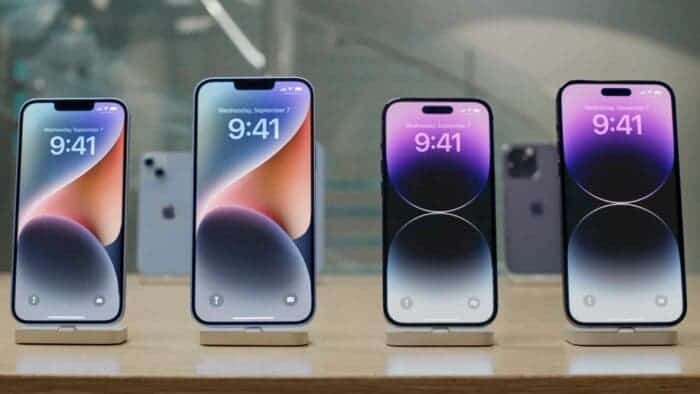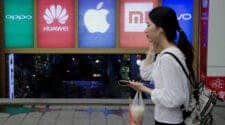The iPhone 14 series is selling quite well in the phone market. Since its release, there have been a couple of reviews and disassembly of this series. One thing that reviews have revealed is that the iPhone 14 is more Chinese than you know. This smartphone may be an American device but its “soul” is Chinese. In contrast to the iPhone 13 series, the iPhone 14 series uses Chinese flash memory for the first time. The iPhone 14 series uses at least three flash memory from Western Digital, Toshiba, and Yangtze River Storage.
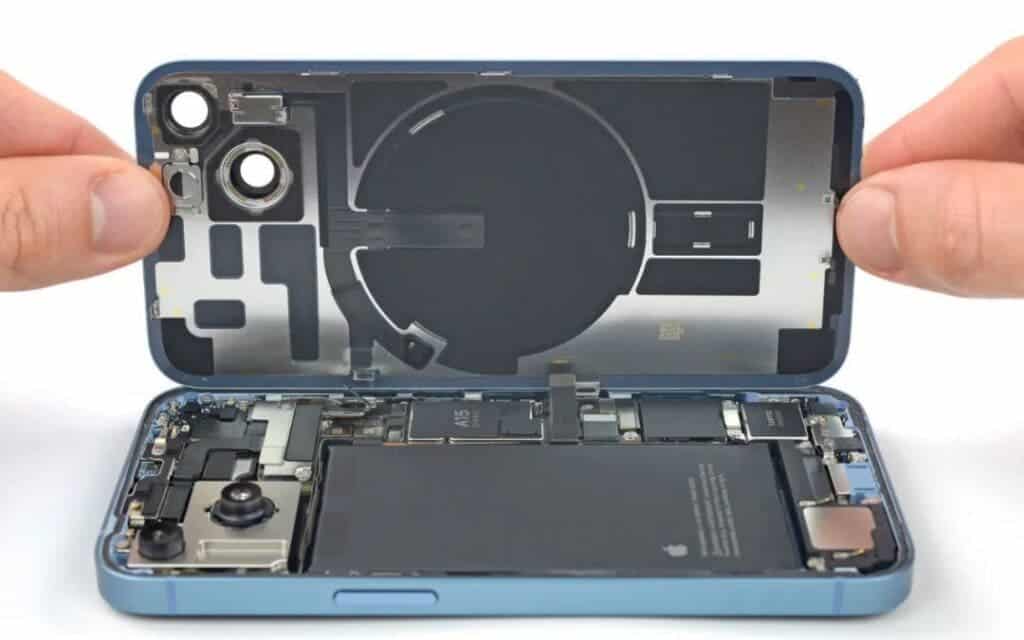
For the first time, Yangtze Memory Technologies Corp (YMTC) supplies flash memory chips to Apple. YMTC was established in 2016. However, its new NAND chips and its self-developed fourth-generation 3D TLC flash memory have reached 232 stacked layers. This is comparable to the first-tier giants in the industry such as Western Digital and Toshiba. It is worth mentioning that YMTC once provided Huawei with memory chips. When it comes to Chinese technology, Apple appears to wait for Huawei. Huawei used the BOE display before Apple even considered it. This same situation is playing out with YMTC.
US senators are strongly against Apple’s patronage of YMTC. They claim that this will bring major privacy and security loopholes. Under pressure from the United States, Apple announced that only the iPhone sold in China will use YMTC NAND flash memory chips. Despite pressure from the US government, the iPhone can not survive without China. At least, it will not meet the standards set by Apple without China.
Almost half of the iPhone 14 series suppliers are Chinese
The iPhone has extremely strict requirements for all kinds of hardware it uses. Being able to squeeze into Apple’s supply chain proves that the quality of its products is at the highest level. In the list of suppliers first announced by Apple in 2012, 156 companies were selected. Out of this number, only 8 were Chinese companies. By 2020, among the top 200 major suppliers, there are 96 Chinese manufacturers. Thus, Chinese brands account for nearly half of the iPhone total supply chain. By 2021, 12 more mainland Chinese companies have been added to Apple’s supplier list.
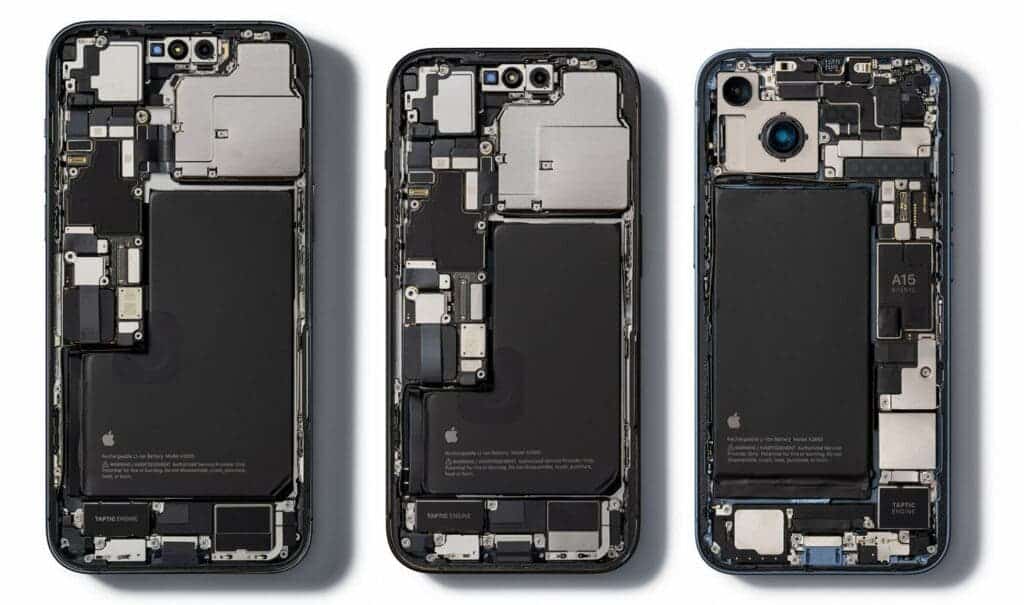
According to the statistics of Jiwei.com, among the many Chinese suppliers, 48 suppliers are listed on the A-share market. Among them, the largest market share is Luxshare Precision and Goertek. These companies provide Apple with connectors and acoustics. The iPhone 14 series also uses Lens Technology plate glass, BOE A display panels, etc.
In addition to companies with larger market value, there are also 14 small and medium-sized companies. These companies rely heavily on Apple. For example, Tianzhun Technology and APT provide machine vision technology. Huaxing Yuanchuang and JPT provide inspection equipment parts. Hymuxing provides laser equipment parts while Fuliwang provides precision structural parts. These companies will take a serious hit without Apple.
Apple iPhone is inseparable from China
The internals of the iPhone 14 series reveals that the device is as Chinese as it is American. It’s OK if you are against Chinese brands and use the iPhone. However, if you are against Chinese technology and use the iPhone, then you are using Chinese technology. At the moment, every section of the iPhone 14 series uses Chinese technology. Whether on the outside or the inside, there are Chinese technologies. The iPhone 14 series OLED screens, organic light-emitting diode screens, speakers, batteries, flash memory chips, and other components are from Chinese companies.
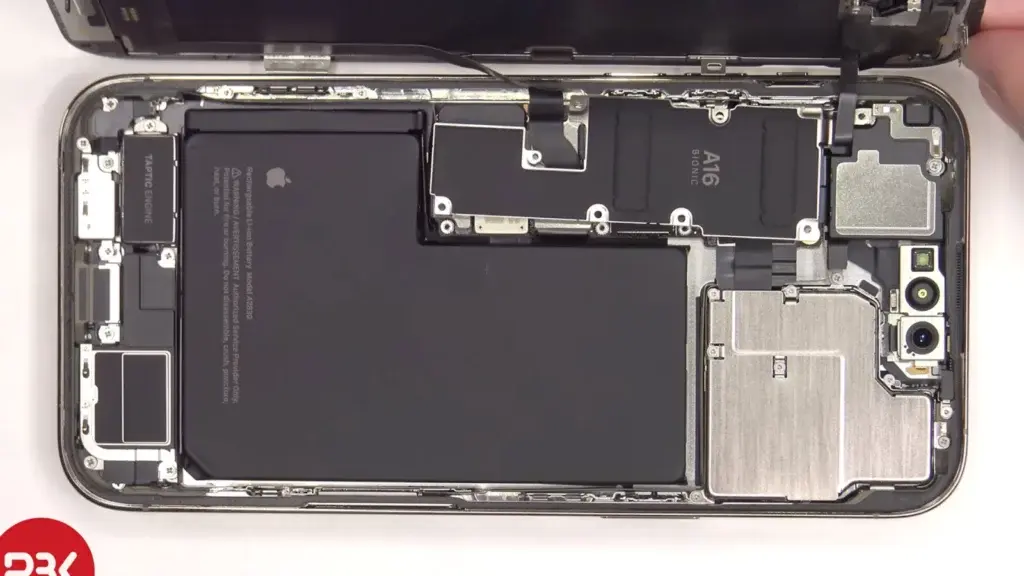
According to US media, all components made in China already account for 25% of the entire value of the iPhone 14. But can Chinese suppliers get 25% of iPhone 14 profits? the answer is negative. Under Apple’s high technical pressure and strict bargaining power, it is not easy to eat “apple rice” with peace of mind. In 2021, Apple will kick out 34 Chinese companies, including OFILM, from the supplier list without warning. This resulted in a 90% drop in the profits of OFILM, which used to be the world’s number one in mobile phone camera module shipments. Of course, it almost went bankrupt overnight. The “Oufeiguang incident” also completely tore the fig leaf of Chinese suppliers. CCTV issued an appeal to Chinese suppliers: “We must get rid of our dependence on Apple and diversify our layout.”
With the lessons learned, suppliers are now starting to gradually get rid of “Apple dependence”. In the trending energy vehicle market, Chinese brands are staying away from Apple. They deal with Apple as a one-time customer. This way, they have nothing to lose should Apple do what it does best. But it is undeniable that Apple’s sales are inseparable from China, and production and manufacturing are also inseparable from China. However, to break Apple’s blockade of bargaining power, Chinese suppliers still need to fight hard.
iPhone production line
In 2020-2021, Luxshare Precision received 63.843 billion yuan and 114.056 billion yuan in revenue from Apple Pay. Apple’s business account for 69% and 74% of Luxshare’s total revenue. This seemingly glamorous transcript hides a painful reality behind it. Under the total revenue of 114.056 billion yuan in 2021, Luxshare Precision will only achieve a net profit of 7.1 billion yuan. Obviously, the total revenue has doubled, but the net profit has dropped by 2.14% year-on-year. In truth, Apple gives and takes. Apple will only increase its orders if they are offering cheaper terms.
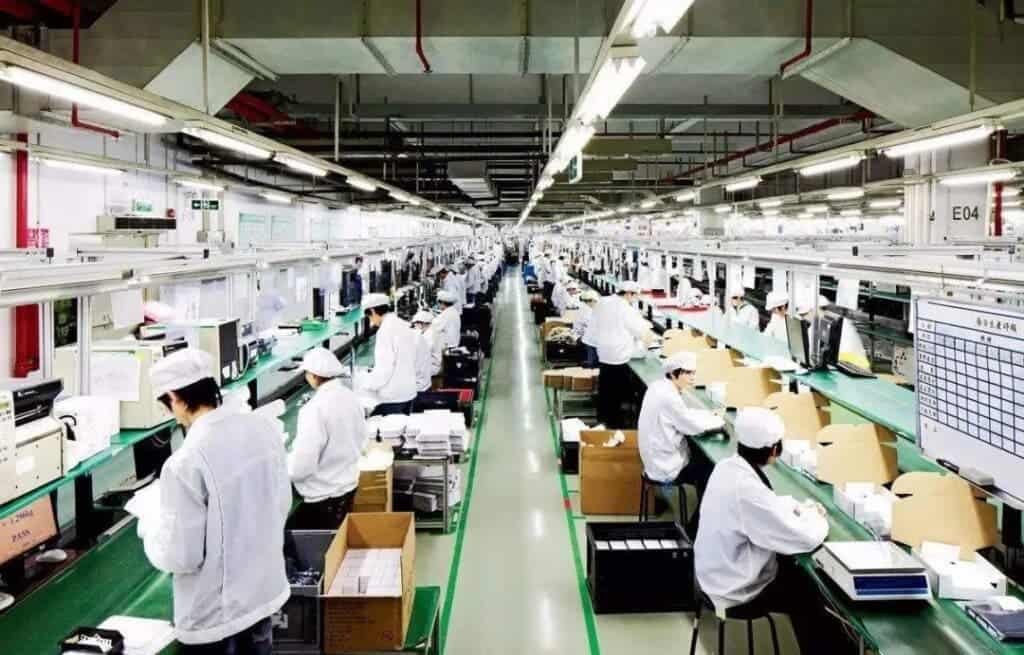
The logic is also very simple. It is because of the excessively serious “Apple dependence” of manufacturers that Apple has absolute bargaining power. Although the price of raw materials has continued to rise due to the epidemic, Apple has used its bargaining power to ask for anything.

